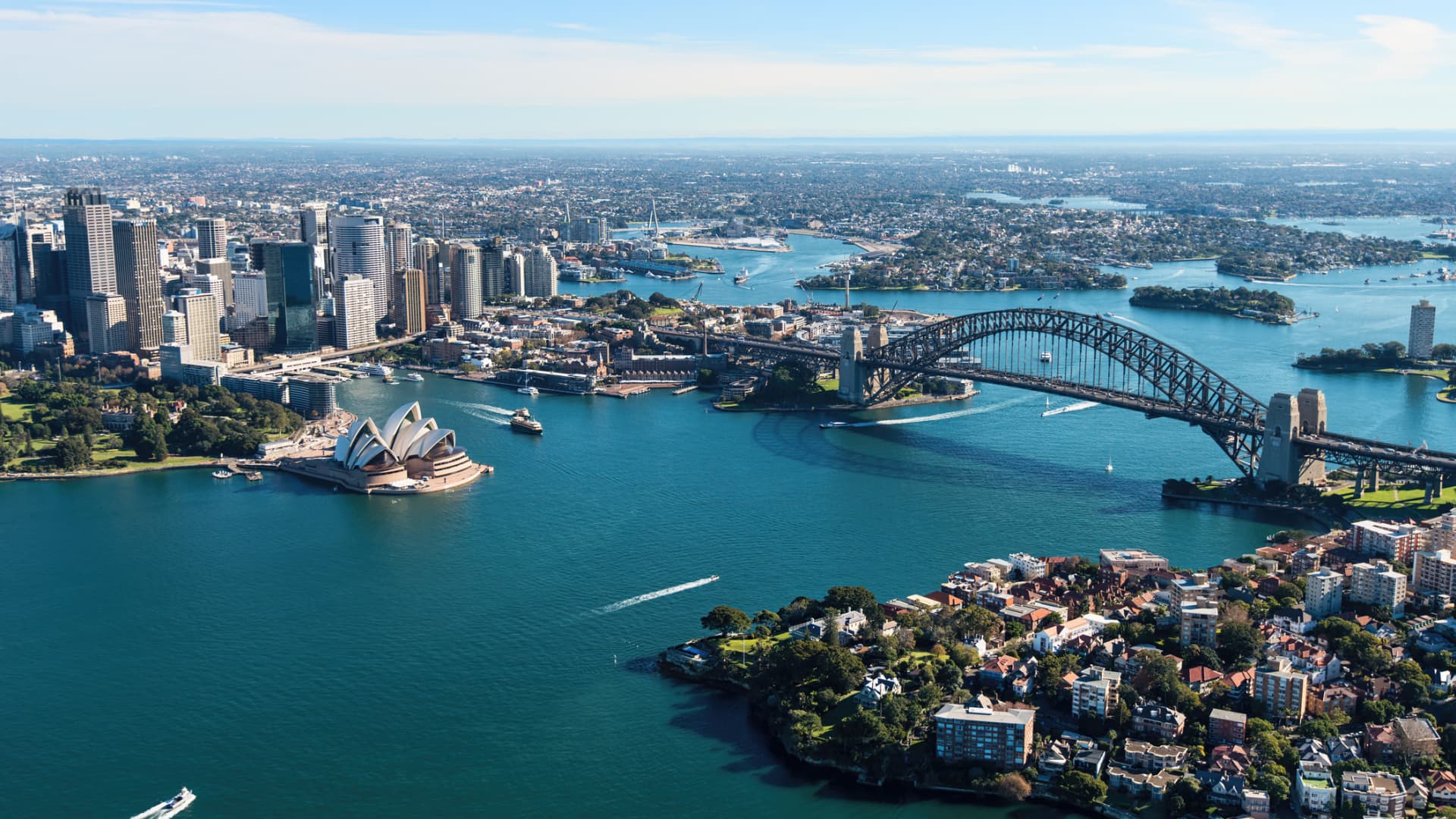Products You May Like
The Valuable 500, a business coalition, released its list of the top 10 most accessible cities in the world.
The report cited a survey conducted among 3,500 individuals with disabilities, who rated cities based on “transport links, proximity of accommodation to attractions, shops, and restaurants, and the availability of information about accessibility.”
The survey was conducted in August and September, and involved participants from five countries — the U.K., United States, Japan, China and Australia.
“Our research shows that across both the public and private sectors in the travel and tourism industry, these cities consistently score well in the accessibility rankings,” said Caroline Casey, the founder of the Valuable 500.
”However … accessibility arrangements for people with disabilities remain an afterthought for the travel and tourism industry — which is why we’re looking into every aspect of the industry journey for people with disabilities in the research we have commissioned.”
Martin Heng, a travel writer who wrote the report, added: “Although physical accessibility is important, what’s so significant is that across all territories people with disability choose travel providers based on being treated with respect and understanding of their needs.”
Asia
Singapore (Singapore)
Singapore’s aging population is “the main impetus” for its accessibility, said the report.
The city-state’s accessibility code includes mandates like ensuring the safety and accessibility of escalators and elevators, and the provision of accessible toilets at the entrance level of all buildings, it added.
Over 95% of pedestrian walkways, taxi stands and bus shelters in Singapore are also accessible to wheelchair users, seniors or other individuals with disabilities.
Shanghai (China)
As much of its development happened in recent years, modern Shanghai’s pavements are in “good condition, with plenty of curb cuts,” said the report. Curb cuts are ramps connecting sidewalks to the street.
The city also has the largest metro network in the world, which is fully accessible to wheelchair users. The survey found that 39% of respondents who chose Shanghai did so because of its accessible public transport.
Tokyo (Japan)
While 74% of respondents chose Tokyo for its accessible transport, tactile ground surface indicators — which were invented in Japan — are also “ubiquitous” in the city, said the report.
Such indicators help warn visually impaired pedestrians of hazards and aid navigation.
“The main streets are well-endowed with kerb cuts, and although smaller streets often have no pavement so wheelchair users share the roads with cars, bicycles and other pedestrians, drivers are a lot more considerate than in other countries,” it added.
United States
Las Vegas
The “sheer number” of accessible hotel rooms in Las Vegas makes the city a stand-out choice for travel.
“Some, like the Bellagio, offer dozens of accessible rooms, some offer hundreds – across all price brackets and room types, including Las Vegas’ famed themed rooms and suites,” Heng wrote.
Such rooms have features such as ceiling hoists, visual and vibrating alarms.
The report found that casinos in Las Vegas also have trained personnel to assist individuals with disabilities at gaming tables, or even place bets for those who need assistance.
New York
New York City scored highest in providing adequate information, which allows individuals with disabilities to “plan their trip and avoid disappointment.”
“The official guide to New York City has an accessibility page that hosts in-depth articles on different aspects of accessibility in the city, as well as accessible guides to some of its more prominent tourist attractions,” Heng said.
“There’s also a searchable, filterable database of 1,500 points of interest – including tourist attractions, museums, galleries, hotels and restaurants – that gives basic accessibility information.”
Orlando
Orlando is well known for being home to iconic theme parks such as Walt Disney World, SeaWorld and Universal Studios Florida.
According to the Valuable 500 report, all theme parks in Orlando provide not just physical accommodations, but also measures to avoid queues.
Of those who selected Orlando, 48% chose it for its wide variety of accessible accommodation, it added.
Europe
Amsterdam (Netherlands)
Amsterdam’s advantage over other cities is its network of 400 kilometers of bike lanes, which wheelchair users can use for “a smooth ride” too, said the report.
“In one of the most bike-friendly cities in the world, it’s even possible to rent adapted bikes – including ones that can incorporate a wheelchair,” it added.
Almost all of the city’s tourist attractions are accessible too, except the Anne Frank House and Rembrandt House Museum.
Paris (France)
Paris is the host for the 2024 Olympic and Paralympic Games, which has given it “further impetus” to be more accessible, said the report.
“In the lead up to the 2024 Games, the city is creating 15 accessible pilot districts around Olympic and Paralympic sites, enhancing access to public spaces, hotels, services, shops and so on.”
Entry to many of the city’s museums is not only free to people with disabilities, they are able to jump queues as well, it added.
London (UK)
London has displayed a “strong commitment” to accessible tourism, said the Valuable 500, ever since a 2018 study which showed that it contributes more than $17 billion to the tourism industry.
“One of the main outcomes … has been the publication of a wealth of all-important information needed by disabled people to plan holidays and excursions,” it wrote.
More than half (57%) of survey respondents also chose London because of its accessible transport links.
Australia
Sydney
Like New York City, Sydney scores highly on its provision of information about accessibility.
Home to the iconic Opera House and Harbour Bridge, “the vast majority” of Sydney’s attractions are also wheelchair-accessible, said the Valuable 500.
All new and renovated buildings in the city are also mandated by law to cater for wheelchair access.
